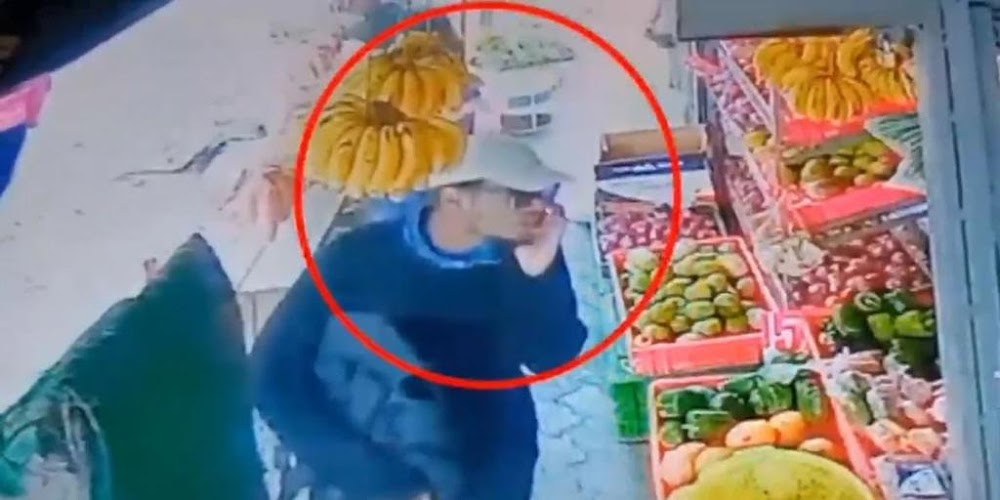In a shocking turn of events, the investigation into the brutal murder of 20-year-old university student Rita Waeni has taken a perplexing twist with the emergence of two new suspects. The Nigerian nationals, William Ovie Opia and JohnBull Asibor, were arraigned at the Makadara Law Courts on Monday, revealing a complex web of details that has left the nation in disbelief.
The two suspects, residing in Ndenderu, Kiambu County, were apprehended on Sunday, living in close proximity to the location where Waeni’s head was discovered. Unlike the man captured on CCTV attempting to escape using a fake passport, Opia and Asibor were in the country illegally, their passports having expired.
Benjamin Wangila, a detective from Kasarani DCI, disclosed in a sworn affidavit that during the arrest, a disturbing array of items was confiscated, including a hatchet, a butcher’s knife, three laptops, six mobile phones, a Kenyan national identity card, and 10 SIM cards. One suspect claimed to have purchased the hatchet for self-defense from an online platform.
Wangila, seeking to delve deeper into the investigation, requested the retrieval of call data records from the service provider to establish any potential involvement of the two suspects in the murder. In light of these alarming revelations, the detective sought court orders to detain Opia and Asibor for eight days at Kasarani Police Station. Senior Principal Magistrate Agnes Mwangi granted the request, and the suspects are now set to be held until January 31.
The recent developments have sent shockwaves through the country, as Waeni’s murder was already a gruesome and shocking incident. The dismembered body of the young student was found in a dustbin at an apartment on TRM Drive, Kasarani, while her head was discovered later in a dam in Kiambaa.
Waeni’s family faced further agony as the suspects allegedly demanded a ransom of Ksh500,000 for her release, leading to her tragic demise when the demand was unmet. The missing mobile phone belonging to the victim was recovered at the crime scene, adding another layer of mystery to the already chilling case.
As investigators work tirelessly to piece together the events leading up to the heinous murder, forensic analysis becomes crucial. The head believed to be Waeni’s was recovered at Ite Dam in Kimuga village, requiring further examination for identification. Government pathologist Johansen Oduor revealed that Waeni’s fingernails were missing, suggesting an attempt to conceal DNA evidence.

The motive behind the murder remains elusive, with detectives expressing confusion over the killers’ professionalism and the unusual method employed in dismembering Waeni’s body. Oduor described the cutting of the skin with a sharp object and the sawing off of the bone with what appeared to be a hacksaw as unprecedented in his forensic career.
The suspects, Opia and Asibor, will undergo DNA analysis as their blood samples are extracted for comparison with the crime scene evidence. The investigation also revealed that Opia had purchased the hatchet for self-defense from an online vendor, adding another layer of complexity to the case.
In a parallel development, four individuals, including the owner of the short-stay rental apartment where the murder occurred, are in custody for failure to register crucial tenant details. This lapse hindered the initial tracing of the murderer, underscoring the importance of proper documentation in rental properties.
As the nation awaits further developments in this harrowing case, the authorities are grappling with the chilling realization that a young life was brutally taken, and the meticulous efforts of the suspects to cover their tracks have only deepened the mystery surrounding Rita Waeni’s tragic demise.
The coming days promise intense investigations as law enforcement strives to unravel the motives, connections, and background of the newly apprehended suspects, shedding light on the unsettling events that transpired on that fateful Sunday in Roysambu.